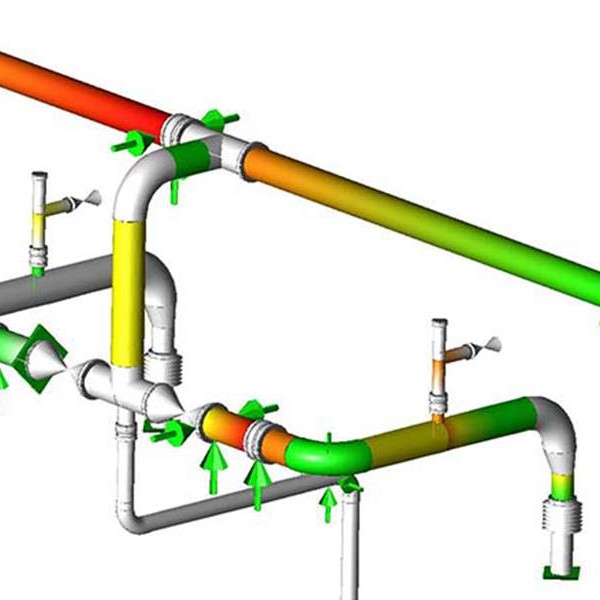
-
 Afrikaans
Afrikaans -
 Albanian
Albanian -
 Amharic
Amharic -
 Arabic
Arabic -
 Armenian
Armenian -
 Azerbaijani
Azerbaijani -
 Basque
Basque -
 Belarusian
Belarusian -
 Bengali
Bengali -
 Bosnian
Bosnian -
 Bulgarian
Bulgarian -
 Catalan
Catalan -
 Cebuano
Cebuano -
 China
China -
 China (Taiwan)
China (Taiwan) -
 Corsican
Corsican -
 Croatian
Croatian -
 Czech
Czech -
 Danish
Danish -
 Dutch
Dutch -
 English
English -
 Esperanto
Esperanto -
 Estonian
Estonian -
 Finnish
Finnish -
 French
French -
 Frisian
Frisian -
 Galician
Galician -
 Georgian
Georgian -
 German
German -
 Greek
Greek -
 Gujarati
Gujarati -
 Haitian Creole
Haitian Creole -
 hausa
hausa -
 hawaiian
hawaiian -
 Hebrew
Hebrew -
 Hindi
Hindi -
 Miao
Miao -
 Hungarian
Hungarian -
 Icelandic
Icelandic -
 igbo
igbo -
 Indonesian
Indonesian -
 irish
irish -
 Italian
Italian -
 Japanese
Japanese -
 Javanese
Javanese -
 Kannada
Kannada -
 kazakh
kazakh -
 Khmer
Khmer -
 Rwandese
Rwandese -
 Korean
Korean -
 Kurdish
Kurdish -
 Kyrgyz
Kyrgyz -
 Lao
Lao -
 Latin
Latin -
 Latvian
Latvian -
 Lithuanian
Lithuanian -
 Luxembourgish
Luxembourgish -
 Macedonian
Macedonian -
 Malgashi
Malgashi -
 Malay
Malay -
 Malayalam
Malayalam -
 Maltese
Maltese -
 Maori
Maori -
 Marathi
Marathi -
 Mongolian
Mongolian -
 Myanmar
Myanmar -
 Nepali
Nepali -
 Norwegian
Norwegian -
 Norwegian
Norwegian -
 Occitan
Occitan -
 Pashto
Pashto -
 Persian
Persian -
 Polish
Polish -
 Portuguese
Portuguese -
 Punjabi
Punjabi -
 Romanian
Romanian -
 Russian
Russian -
 Samoan
Samoan -
 Scottish Gaelic
Scottish Gaelic -
 Serbian
Serbian -
 Sesotho
Sesotho -
 Shona
Shona -
 Sindhi
Sindhi -
 Sinhala
Sinhala -
 Slovak
Slovak -
 Slovenian
Slovenian -
 Somali
Somali -
 Spanish
Spanish -
 Sundanese
Sundanese -
 Swahili
Swahili -
 Swedish
Swedish -
 Tagalog
Tagalog -
 Tajik
Tajik -
 Tamil
Tamil -
 Tatar
Tatar -
 Telugu
Telugu -
 Thai
Thai -
 Turkish
Turkish -
 Turkmen
Turkmen -
 Ukrainian
Ukrainian -
 Urdu
Urdu -
 Uighur
Uighur -
 Uzbek
Uzbek -
 Vietnamese
Vietnamese -
 Welsh
Welsh -
 Bantu
Bantu -
 Yiddish
Yiddish -
 Yoruba
Yoruba -
 Zulu
Zulu
grp fitting
Understanding GRP Fitting and Its Applications
Glass reinforced plastics (GRP), commonly known as fiberglass, have gained immense popularity across various industries due to their remarkable strength-to-weight ratio and corrosion resistance. GRP fitting is a crucial component in many applications, particularly in sectors like plumbing, construction, and electrical. This article delves into the significance of GRP fittings, their advantages, and the various applications they serve.
What are GRP Fittings?
GRP fittings are manufactured components used to connect sections of fiberglass pipes or other materials in a piping system. These fittings are essential for creating a seamless flow of liquids and gases in various infrastructure projects. Common types of GRP fittings include elbows, tees, flanges, and reducers. The design and manufacturing process involves a combination of glass fibers and resin, creating a robust and lightweight material that can withstand harsh environmental conditions.
Advantages of GRP Fittings
1. Corrosion Resistance One of the primary benefits of GRP fittings is their exceptional resistance to corrosion. Unlike traditional metal fittings, which may rust or corrode over time, GRP fittings maintain their integrity even in aggressive chemical environments. This characteristic significantly extends the lifespan of the fittings and, by extension, the entire piping system.
2. Lightweight GRP is significantly lighter than metal alternatives, making transportation and installation more manageable. Labor costs can also be reduced due to the ease of handling GRP fittings.
3. Thermal Insulation GRP fittings have inherent thermal insulating properties. This feature is crucial in preventing heat loss in thermal systems and protecting against condensation, which can lead to water damage and structural issues.
grp fitting

4. Customizability GRP fittings can be fabricated to meet specific requirements, including unique shapes, sizes, and designs. This flexibility allows for tailored solutions in various applications, enhancing overall system efficiency.
5. Cost-Effectiveness While the initial investment in GRP fittings may be slightly higher than some traditional materials, the long-term savings in maintenance and replacement costs often make them a more economical choice.
Applications of GRP Fittings
GRP fittings find applications in numerous fields. In the construction industry, they are increasingly used for drainage systems, stormwater management, and wastewater treatment projects due to their durability and low maintenance requirements. They are also crucial in the oil and gas sector for transporting corrosive materials safely and efficiently.
Moreover, the electrical industry utilizes GRP fittings for enclosures and conduits, benefiting from their insulating properties and resistance to harsh environmental conditions. As more industries recognize the advantages of GRP, the demand for these fittings continues to grow.
Conclusion
GRP fittings represent a significant advancement in the materials used for piping systems. Their unique properties offer numerous advantages over traditional materials, making them ideal for a wide range of applications across various industries. As technology continues to evolve, GRP fittings will likely play an increasingly vital role in ensuring the efficiency and longevity of piping systems, thereby enhancing operational performance and reducing environmental impact. Investing in GRP fittings is not just a choice for today, but a strategic decision for the future of infrastructure and industrial applications.
Latest news
-
Exploring the Benefits of Top Hammer Drifter Rods for Enhanced Drilling PerformanceNewsJun.10,2025
-
High-Precision Fiberglass Winding Machine for GRP/FRP Pipe Production – Reliable & Efficient SolutionsNewsJun.10,2025
-
FRP Pipes & Fittings for Shipbuilding - Corrosion-Resistant & LightweightNewsJun.09,2025
-
Premium FRP Flooring Solutions Durable & Slip-ResistantNewsJun.09,2025
-
Premium Fiberglass Rectangular Tanks Durable & Lightweight SolutionNewsJun.09,2025
-
Tapered Drill String Design Guide Durable Performance & UsesNewsJun.09,2025









